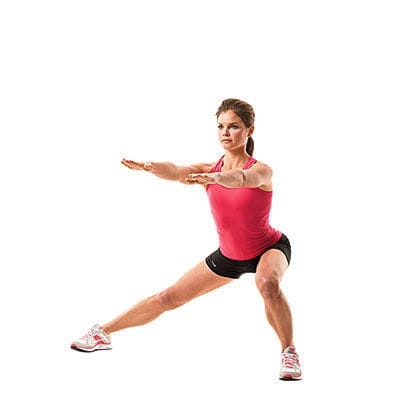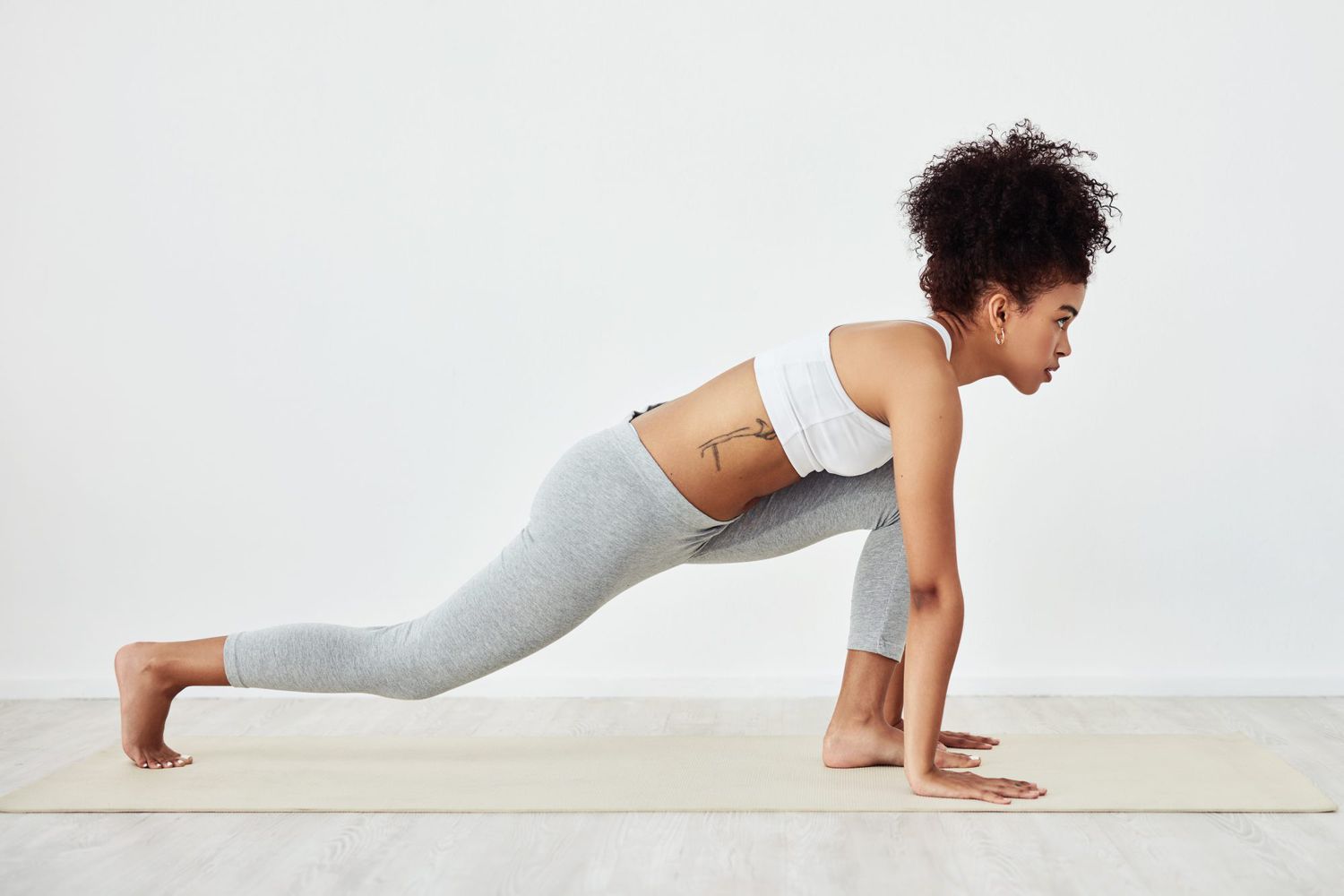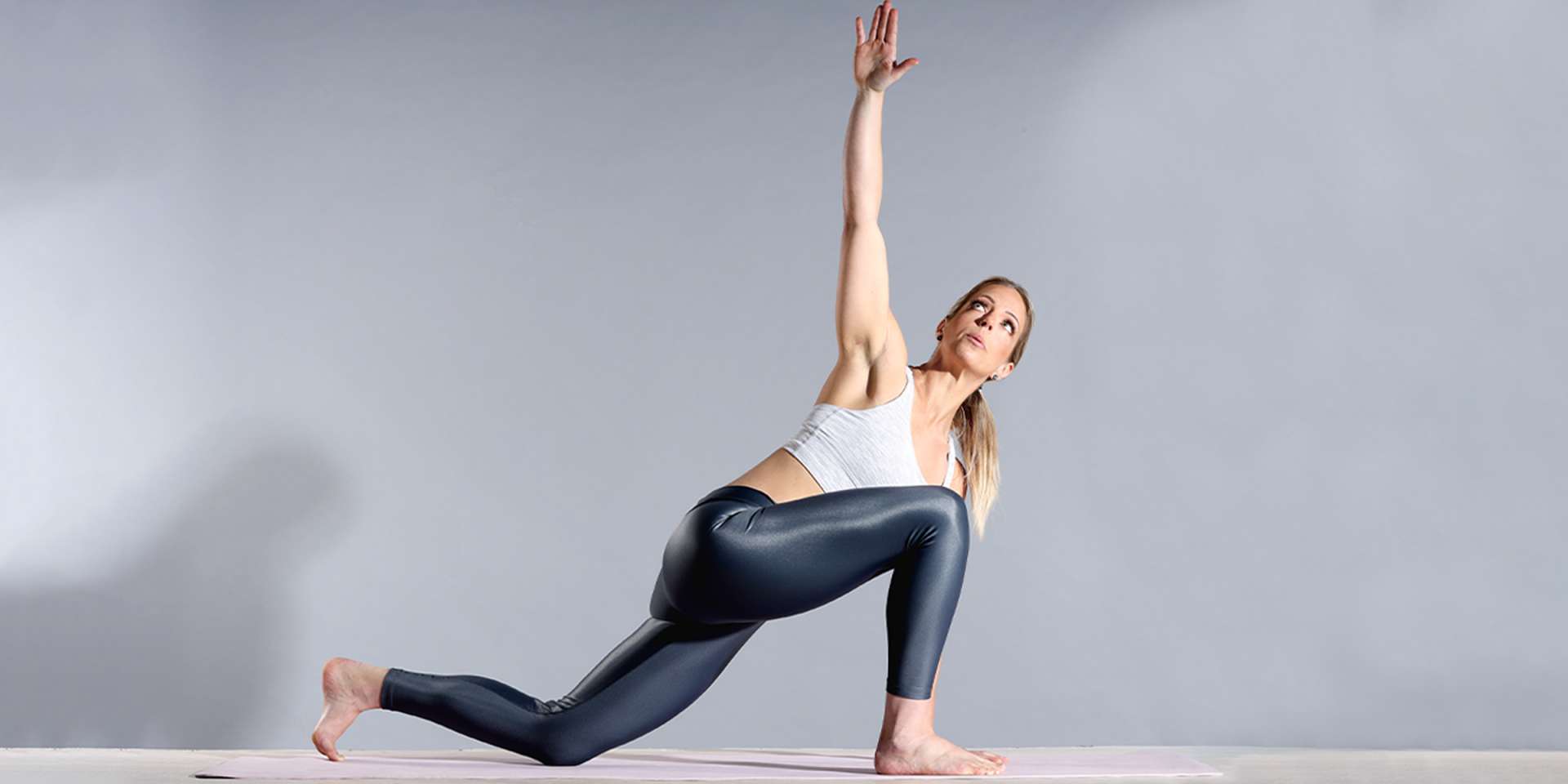From Injury Prevention to Performance Enhancement
Following on from Parts 1 & 2 of our essential tips for PT programme writing series, we’ll now look at the best ways to begin and end your client’s programme.
1. The Warm Up

A dynamic warm up will mobilise joints and muscles
This should be done prior to working out, and in most cases will precede the resistance component of the programme that I talked about in Part 1 of this blog.
Include:
• A pulse-raising exercise to increase the heart rate, so that more blood and oxygen is pumped to the muscles, preparing them for exercise
This need not be longer than 5 mins unless you’re training an older adult. As your client becomes more experienced, they will require less time to do this.
A cross trainer, treadmill or rower is an excellent choice, since they work muscles over the whole body.
• Incorporating dynamic stretching or muscle mobilization movements into the warm-up can help to increase flexibility and range of motion, preparing the joints and muscles for the upcoming workout. Warming up with exercises that target the muscle groups to be trained helps to activate those muscles, making them more responsive to the upcoming workout.
As a fitness professional, it's important to understand that many of our clients suffer from muscular postural issues. A thorough warm-up that includes muscle mobilization can help address these issues by "opening up" tight areas of the body, such as the hip flexors. By targeting these areas, we can improve our clients' range of motion and reduce the risk of injury during their workout. Additionally, many muscles spend much of the day in a relaxed position, such as the glutes. A good warm-up should include exercises that activate these muscles to prepare them for the workout ahead. By doing so, we can improve our clients' performance and reduce the risk of injury.
2. The Cool Down

Post workout stretches help maintain or develop flexibility
Perform this once you have completed the CV part of the programme as I discussed in Part 2 of this blog.
Include:
• Pulse lowering exercise allows the body to gradually return to its resting state, which helps prevent dizziness or fainting caused by blood pooling in the limbs.
One of the main benefits of a cool-down is the regression of heart rate, which gradually brings the heart rate back down to its pre-exercise levels.
The cool down can be done with the same piece of equipment that the main CV workout was done on, or you may wish to switch your client to a stationary bike, since only the muscles in the lower body are used and this will help with lowering heart rate.
• Static stretches of the muscles worked throughout both the resistance and CV parts of the programme can help improve flexibility, reduce muscle soreness, and prevent injury.
This is because static stretching can help elongate muscle fibers that may have contracted during exercise, promoting recovery and relaxation.
Hold for between 10-15 seconds to maintain flexibility of a muscle; and double this to 20-30 seconds to develop flexibility. We would aim to develop flexibility in muscles that have become tight as a result of postural imbalances in the body.
Taking the time to cool down after a workout can also help promote a sense of mental and physical relaxation, which can help clients feel more comfortable and less stressed after exercise.
If you have any questions or would like more information about the personal training courses that EPTI offer, please contact us today.



